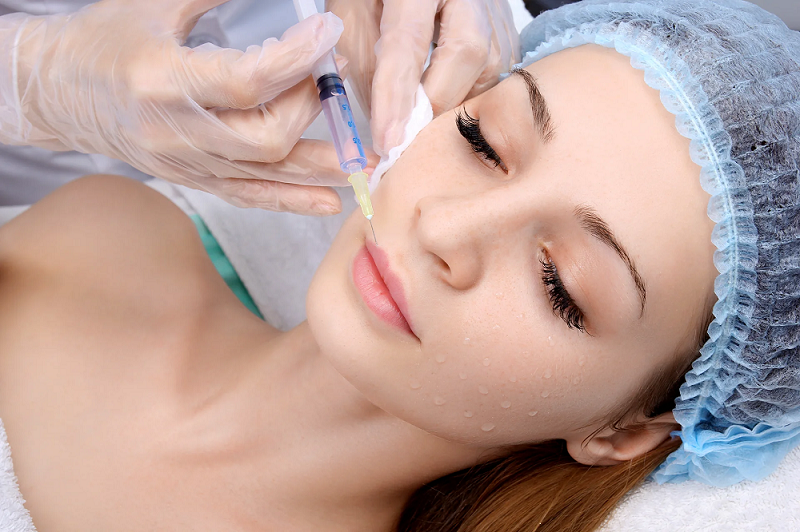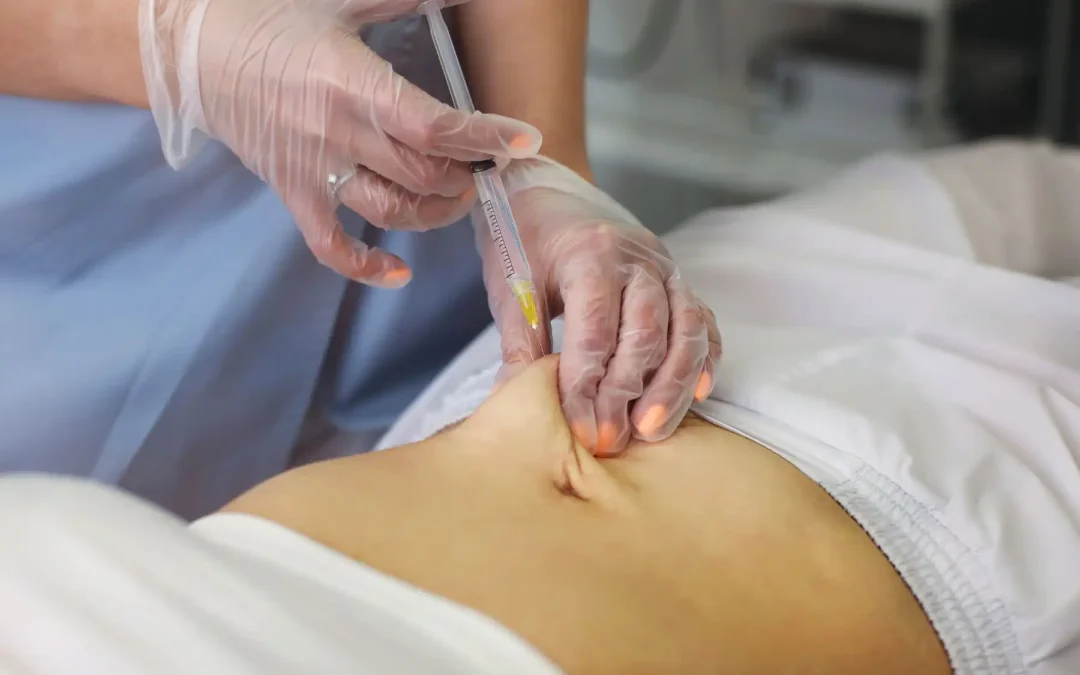Lip enhancement procedures have gained considerable popularity over recent years, offering individuals the opportunity to achieve fuller, more defined lips. When considering lip augmentation options, many are faced with the choice between non-surgical treatments like lip fillers and surgical options such as Lip Fillers in Abu Dhabi. Understanding the differences, benefits, and suitability of each can help individuals make informed decisions aligned with their aesthetic goals. This comprehensive guide explores how lip fillers compare to lip implants in the current landscape of cosmetic enhancements.
Overview of Lip Augmentation Options
Lip augmentation encompasses a variety of procedures designed to enhance lip volume, shape, and overall appearance. The two primary methods are non-invasive lip fillers and surgical lip implants. Each approach offers unique advantages and considerations, catering to different preferences and needs.
Non-Surgical Lip Fillers
Lip fillers are injectable substances, primarily composed of hyaluronic acid, a naturally occurring compound in the skin. These fillers are administered through precise injections to add volume, improve symmetry, and refine lip contours. The procedure is minimally invasive, typically involving little to no downtime, and results are immediately visible.
Surgical Lip Implants
Lip implants involve surgically inserting a permanent or semi-permanent implant into the lips to achieve a desired fullness and shape. This method is more invasive and requires a longer recovery period, but it offers a long-lasting solution for those seeking permanent enhancement.
Benefits of Lip Fillers
Lip fillers have become a preferred choice for many due to their versatility and safety profile.
Immediate Results and Customization
One of the significant advantages of lip fillers is the ability to see results immediately post-procedure. Additionally, practitioners can tailor the treatment to meet individual aesthetic goals, whether aiming for subtle enhancement or more dramatic changes.
Reversibility and Adjustability
Since hyaluronic acid-based fillers are biodegradable, they can be dissolved if the results do not meet expectations or if adjustments are desired. This reversibility offers peace of mind to patients uncertain about permanent changes.
Minimal Downtime and Low Risk
Lip filler procedures are outpatient treatments with minimal recovery time. Swelling, bruising, or mild discomfort may occur but typically resolve quickly. The low risk of complications makes it accessible for a broad demographic.
Temporary Nature and Flexibility
As the effects are temporary, usually lasting between six to twelve months, individuals have the flexibility to revisit their aesthetic preferences over time. This allows for adjustments as trends or personal tastes evolve.
The Surgical Perspective: Lip Implants
While lip fillers are favored for their flexibility, some individuals opt for lip implants for a permanent solution.
Long-Lasting Results
Lip implants provide a semi-permanent or permanent enhancement, reducing the need for repeated treatments. This can be appealing for those seeking a sustained change without ongoing maintenance.
Consistency in Shape and Volume
Unlike fillers, which can vary slightly with each session, implants offer consistent results once properly placed. This is advantageous for individuals desiring a specific, unchanging lip shape.
Considerations for Surgical Procedures
Lip implants require surgical intervention, anesthesia, and a longer recovery period. The procedure involves placing a silicone or other biocompatible material within the lip tissue, which may involve a more complex healing process.
Comparing Lip Fillers and Lip Implants
Understanding the key differences between these two options helps clarify which approach aligns with individual goals.
Procedure Type and Invasiveness
Lip fillers are minimally invasive, performed via injections, with minimal discomfort and downtime. Conversely, lip implants involve surgery, anesthesia, and a longer recovery period.
Duration of Results
Fillers are temporary, necessitating periodic re-treatments to maintain the desired look. Implants offer a long-lasting or permanent solution, eliminating the need for repeated procedures.
Customization and Adjustability
Fillers allow for fine-tuned adjustments over multiple sessions, making them ideal for those wanting to experiment with different looks. Implants, once placed, cannot be easily modified without surgical intervention.
Cost and Maintenance
While not specified here, generally, fillers involve ongoing costs due to repeat treatments, whereas implants involve a higher initial investment but lower long-term maintenance.
Suitability and Personal Preference
The choice depends on individual preferences regarding invasiveness, permanence, recovery time, and budget. Those seeking a reversible, non-permanent change may prefer fillers, while individuals desiring a permanent solution might lean towards implants.
Suitability and Ideal Candidates
Both treatments cater to different needs and aesthetic goals.
Ideal Candidates for Lip Fillers
- Individuals seeking temporary or adjustable enhancements
- Those new to lip augmentation who want to test different looks
- Patients preferring non-surgical procedures with minimal downtime
- People with naturally thin lips looking for subtle volume increase
Ideal Candidates for Lip Implants
- Individuals desiring permanent or semi-permanent results
- Those with specific lip shapes or sizes in mind
- Patients comfortable with surgical procedures and longer recovery
- People seeking a consistent, unchanging lip appearance
The Future of Lip Enhancement Procedures
Advancements in cosmetic technology continue to refine both non-surgical and surgical options. Innovations focus on improving safety, longevity, and natural results. Emerging techniques aim to combine the benefits of both approaches, such as longer-lasting fillers or minimally invasive surgical options, offering more personalized solutions.
How to Choose the Right Option
Selecting the ideal lip augmentation method involves careful consideration of personal goals, lifestyle, and preferences.
Consult with a Qualified Specialist
A thorough consultation with a trained aesthetic practitioner is crucial. They can assess facial anatomy, discuss expectations, and recommend the most suitable procedure.
Consider Long-Term Goals
Reflect on whether permanence or flexibility aligns better with personal preferences and lifestyle. This consideration influences the choice between fillers and implants.
Evaluate Recovery and Maintenance
Understanding the recovery process, downtime, and ongoing maintenance helps in making an informed decision that fits within one’s schedule and commitments.
Conclusion
Choosing between Lip Fillers Abu Dhabi and lip implants depends on individual preferences, desired results, and lifestyle considerations. While fillers offer a flexible, reversible, and minimally invasive approach, implants provide a permanent solution for those seeking long-lasting enhancement. Advances in cosmetic procedures continue to improve outcomes, making it easier than ever to achieve natural, beautiful lips tailored to each person’s unique aesthetic vision. Consulting with experienced professionals can help navigate these options, ensuring a satisfying and confident outcome.
FAQs
1. Can lip fillers be used to correct asymmetry in lips?
Absolutely. Lip fillers are highly customizable and can be strategically injected to balance asymmetrical lips, enhancing overall harmony and symmetry.
2. How long do the results of lip fillers typically last?
Generally, the effects of hyaluronic acid-based lip fillers last between six to twelve months, depending on individual factors and lifestyle.
3. Are lip implants suitable for everyone?
Lip implants are suitable for individuals seeking a permanent enhancement and who are comfortable with surgical procedures. A thorough consultation can determine candidacy based on personal health and aesthetic goals.
4. Is there any downtime after getting lip fillers?
Minimal downtime is involved. Some swelling, bruising, or tenderness may occur but usually resolves within a few days, allowing individuals to resume daily activities quickly.







0 Comments